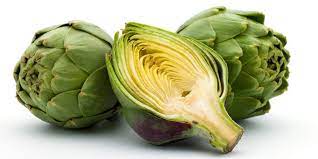Artichoke is a nutritious and delicious crop that is gaining popularity among consumers worldwide. This article will explore the cultivation of artichoke, its benefits to farmers, and the sustainable practices that can be adopted to grow this crop.
Artichoke (Cynara scolymus) is a member of the thistle family and is grown for its edible flower buds. The crop is native to the Mediterranean and has been cultivated for centuries. Today, artichoke is grown in various parts of the world, including Europe, North America, and Australia.
According to the Food and Agriculture Organization (FAO), global artichoke production was estimated at 1.4 million tonnes in 2020. Italy, Spain, and Egypt are the top producers of artichoke in the world.
Artichoke cultivation is beneficial to farmers for several reasons. Firstly, the crop is perennial, meaning that it can be harvested for several years. Secondly, artichoke is a low input crop, meaning that it requires minimal fertilizer and irrigation. Thirdly, artichoke has a high market value and can be sold fresh or processed into various products, including canned artichoke hearts, frozen artichoke, and pickled artichoke.
Sustainable practices can be adopted to ensure the production of high-quality artichoke while minimizing environmental impact. These practices include crop rotation, the use of organic fertilizers, and integrated pest management.
In conclusion, artichoke is a sustainable crop that provides numerous benefits to farmers. The cultivation of artichoke can provide a source of income, promote sustainable agriculture practices, and contribute to food security. As the demand for artichoke continues to increase globally, farmers can take advantage of this opportunity to diversify their crop production and increase their revenue.
#Artichoke #SustainableAgriculture #PerennialCrop #IntegratedPestManagement #CropRotation #OrganicFertilizer #FoodSecurity










